Well, another "I've just got the chips" project :-(
However, I have also collated a lot of data, including the Byte Trump Card Article and a couple of books about the Z8000. One by Lance Leventhal, one by Bradly K. Fawcett.
I have started creating the Z8000 BASIC interpreter from the book by Rolf-Dieter Klein. Someone has already got it going and has videos on YouTube, but no links to code or circuit design. He has a homepage in Japanese: http://737mhz.blog130.fc2.com/ and more discussion but still no technical details.
http://www.pofo.de/S8000/ has a lot of information about Zilog's Z8000 systems but they may be too complex for my wishes.
There are several Z8000 projects I could use as a starting point.
First I thought of Christopher Ramage's Z8000 testbed.
Second I considered the more advanced Naoya Murata (四寸五分) project that was running CP/M-8000 from a CF card: https://github.com/4sun5bu/Z8001MB.
Scott Baker has taken that design and modified it: https://www.smbaker.com/scotts-z8000-cp-m-8000-clover-computer
Of key interest are the memory pld and the bus pld.
Scott has copies of the Trump Card disks. The files are now available here (woohoo!):
https://www.dropbox.com/scl/fo/lkmmt6tifnuqre9qxl0td/ANvDDy4Do6DVohqB6sxCs2M?rlkey=9jzjq2vstowaqotr132vabyyw&e=1&st=4xxfmd3s&dl=0
The most advanced project seems to be the Naoya Murata design laid out on a very nice custom PCB:
I can't find any web page with technical details from the guy who did the layout.
 Keith
Keith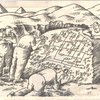


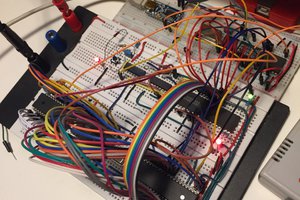
 Tomeu Capó
Tomeu Capó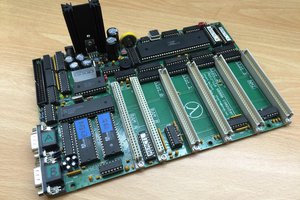
 Stuart
Stuart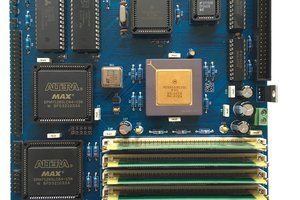
 Tobias Rathje
Tobias Rathje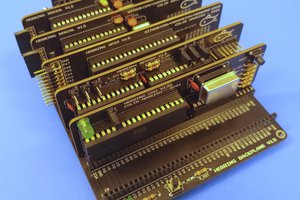
 Colin Maykish
Colin Maykish
Very interesting! Found your research project just now. I've a couple of Z8001 around and with the info here I should be able to make a sort of Z8000-MBC running CP/M Z8000 when I have the time... :)